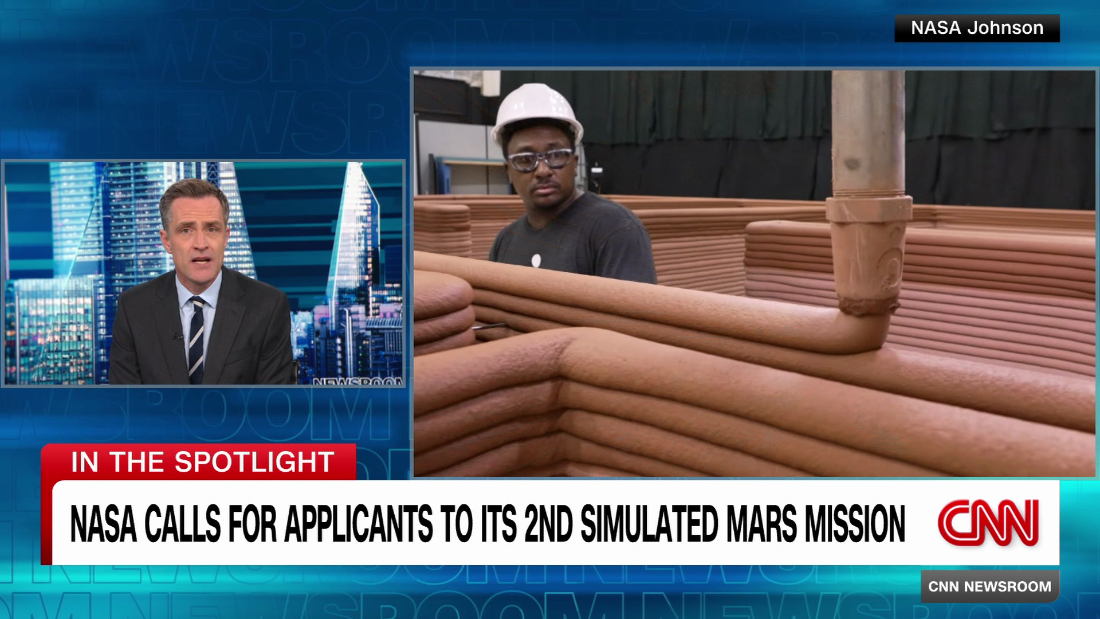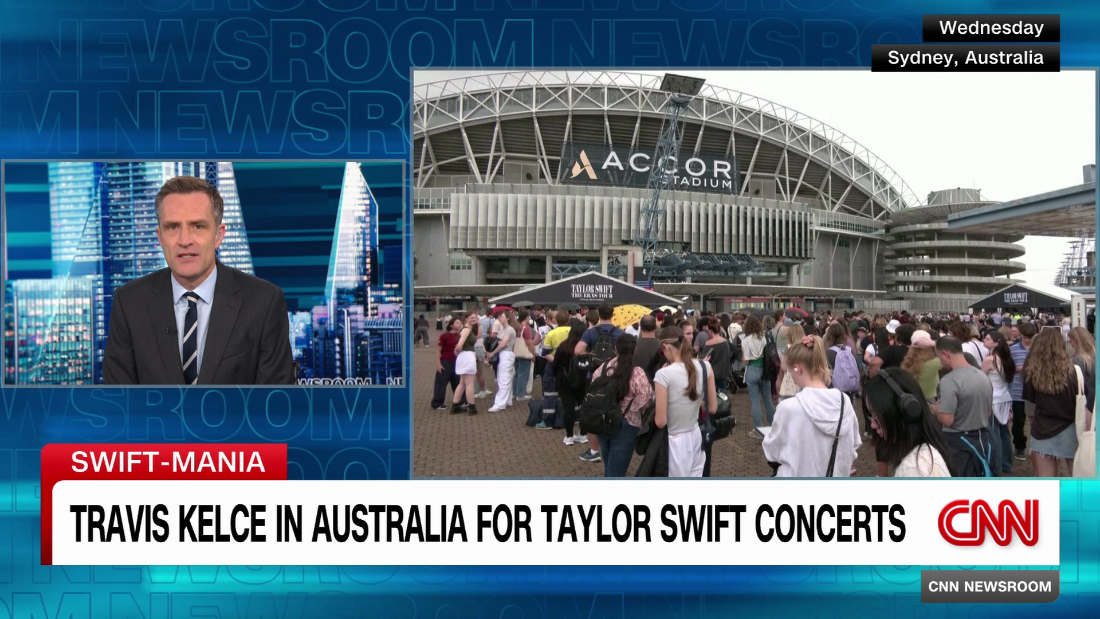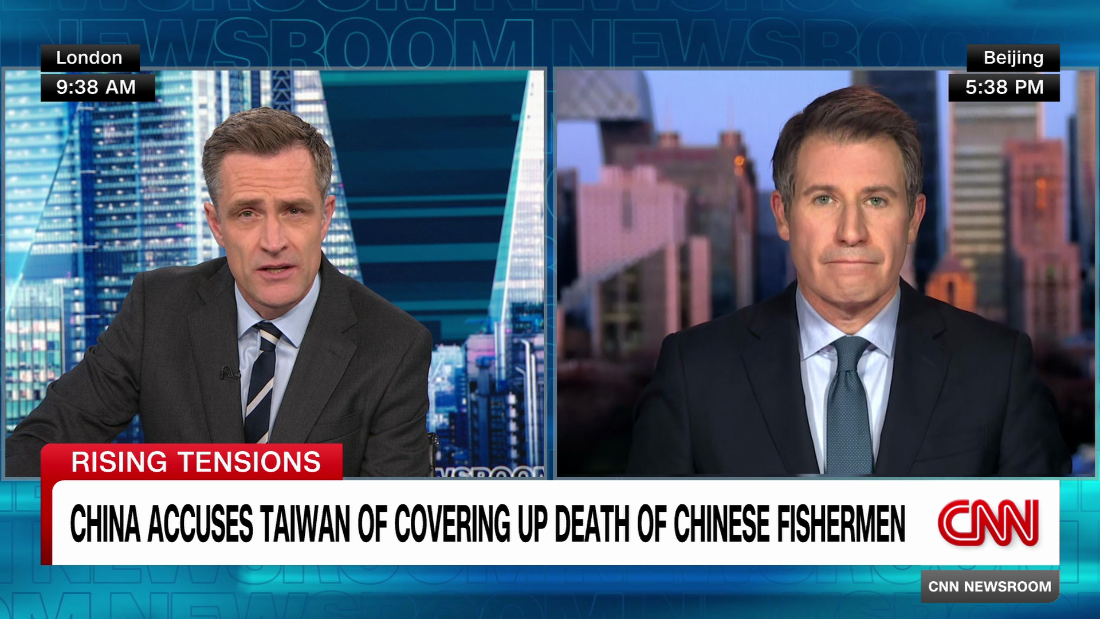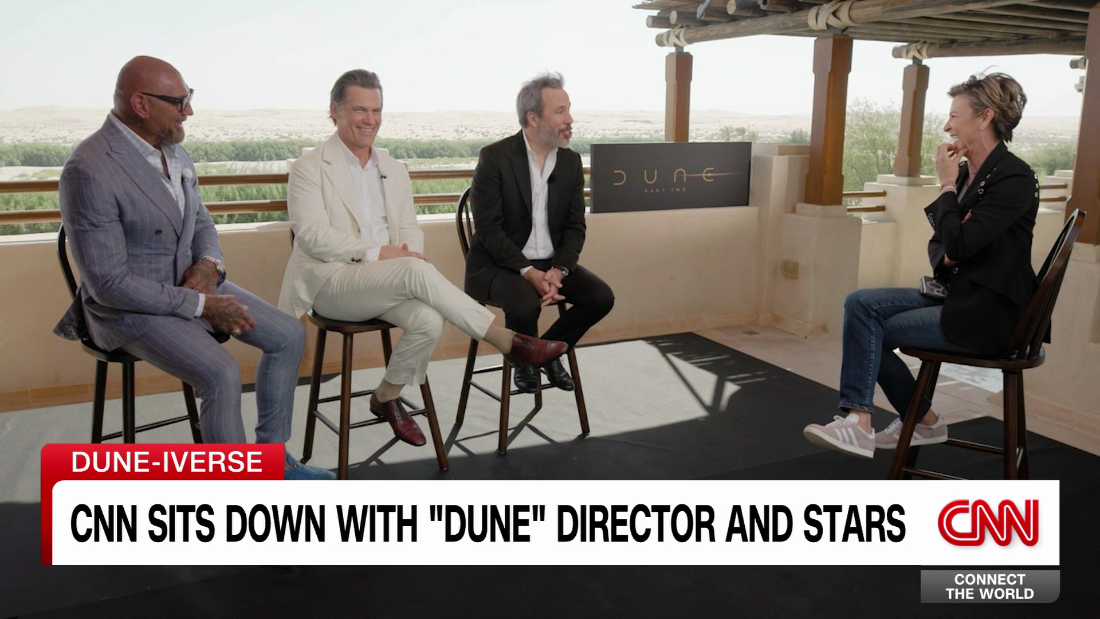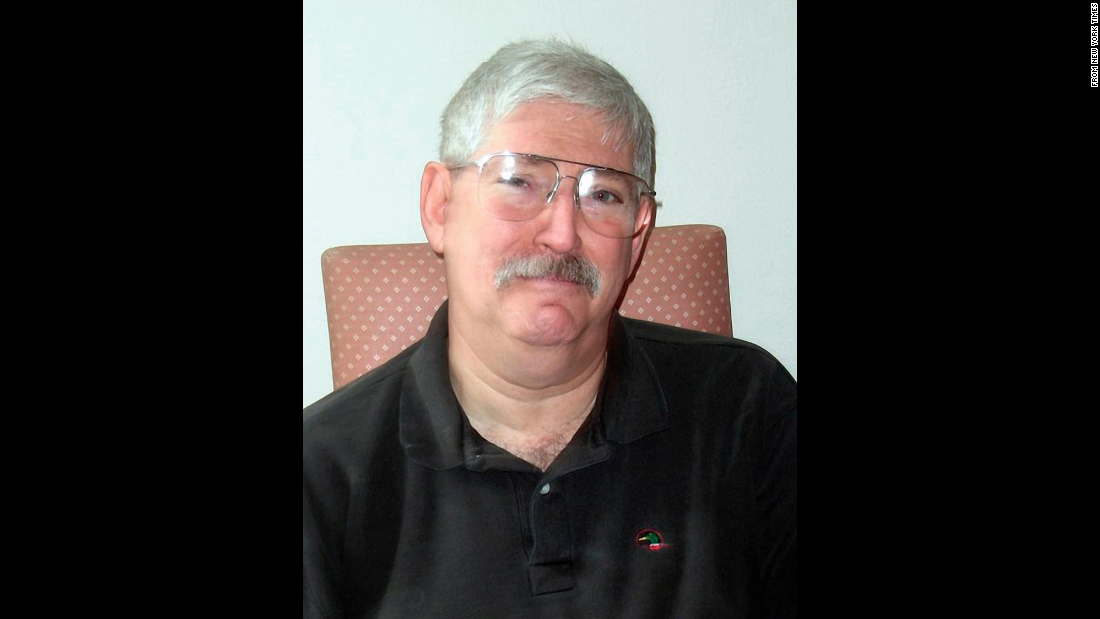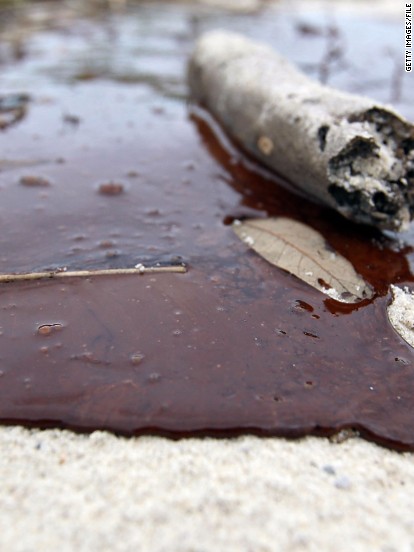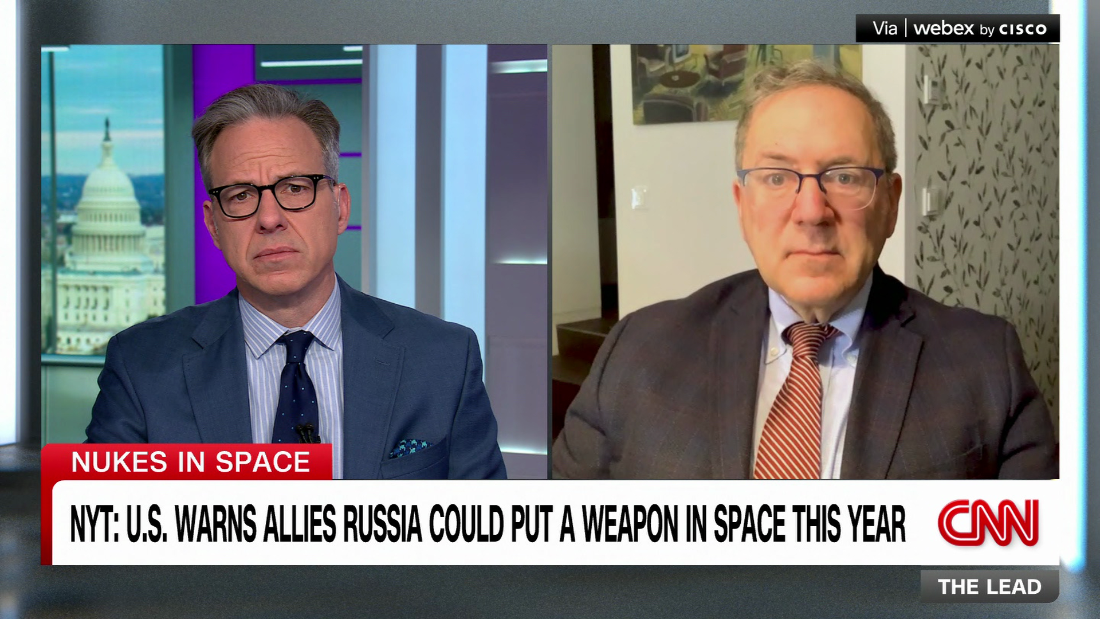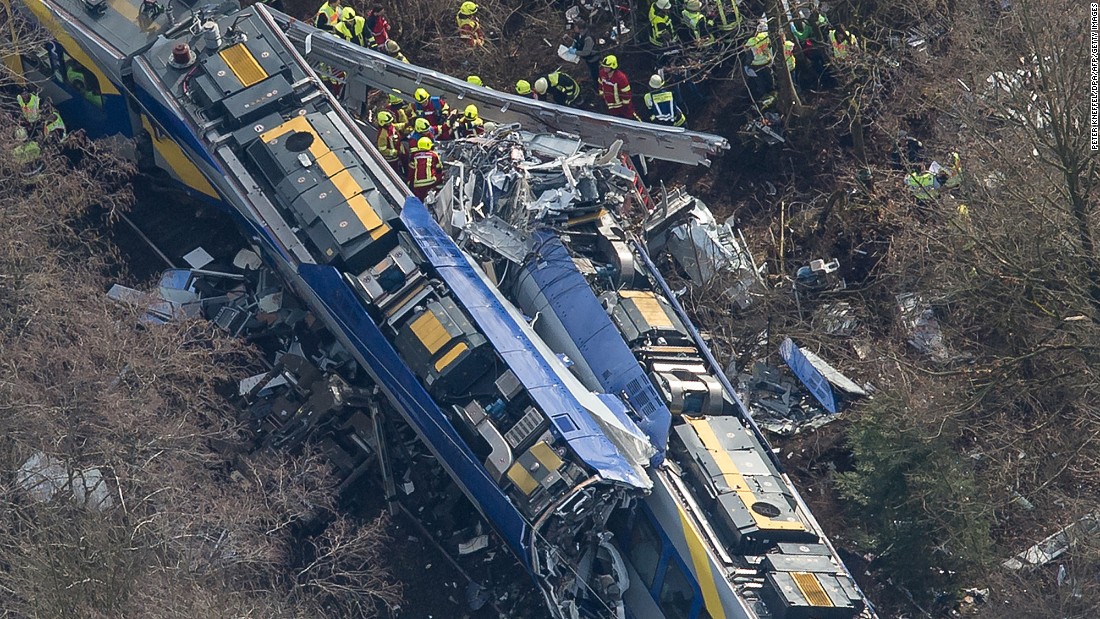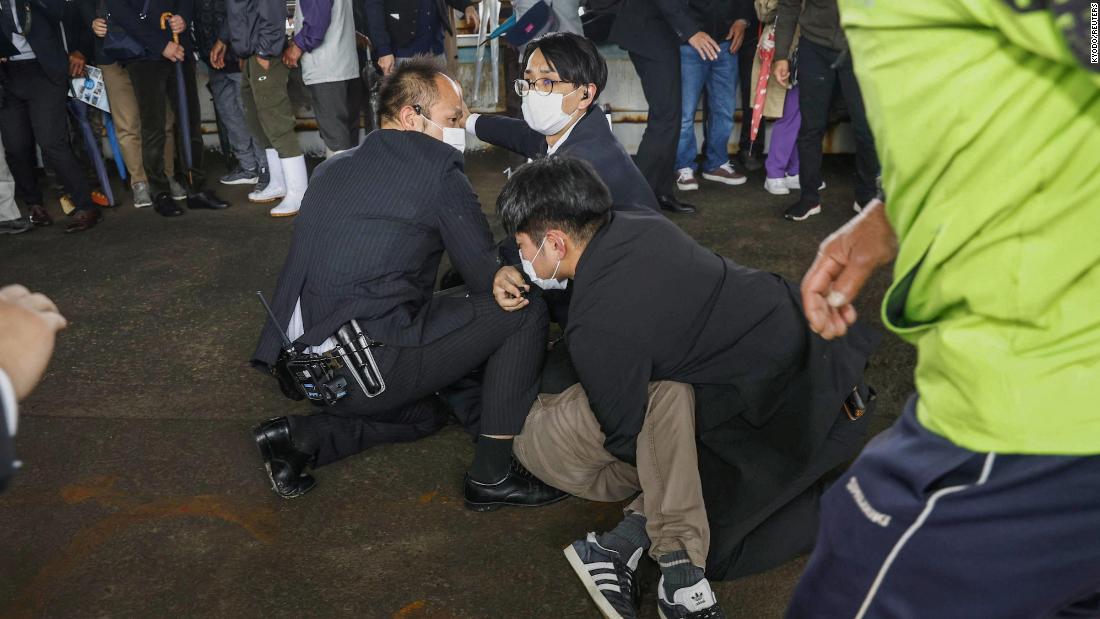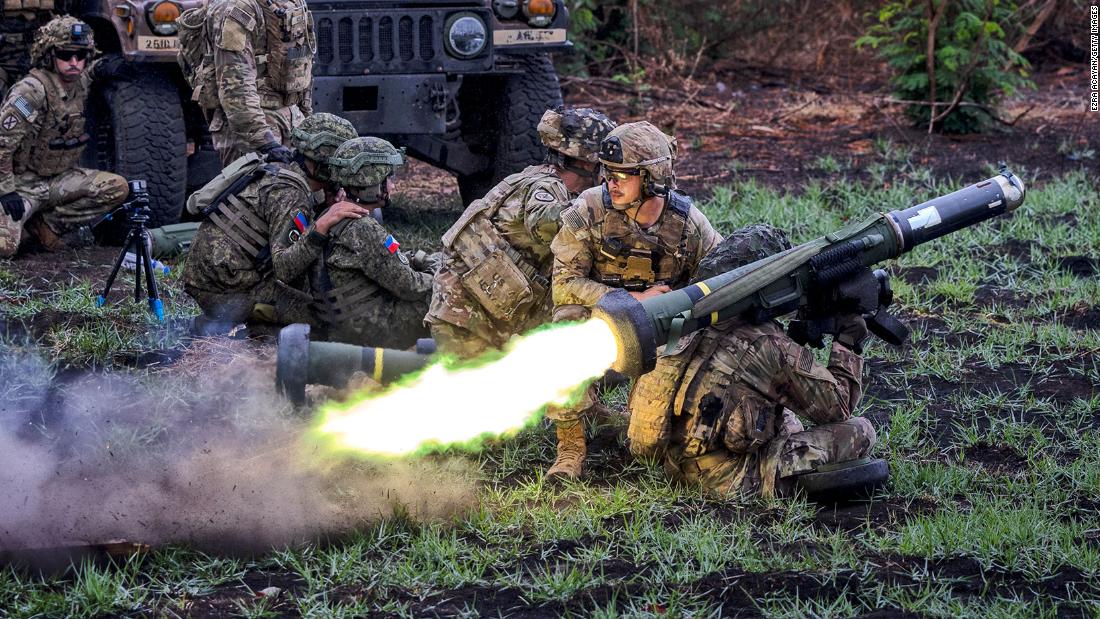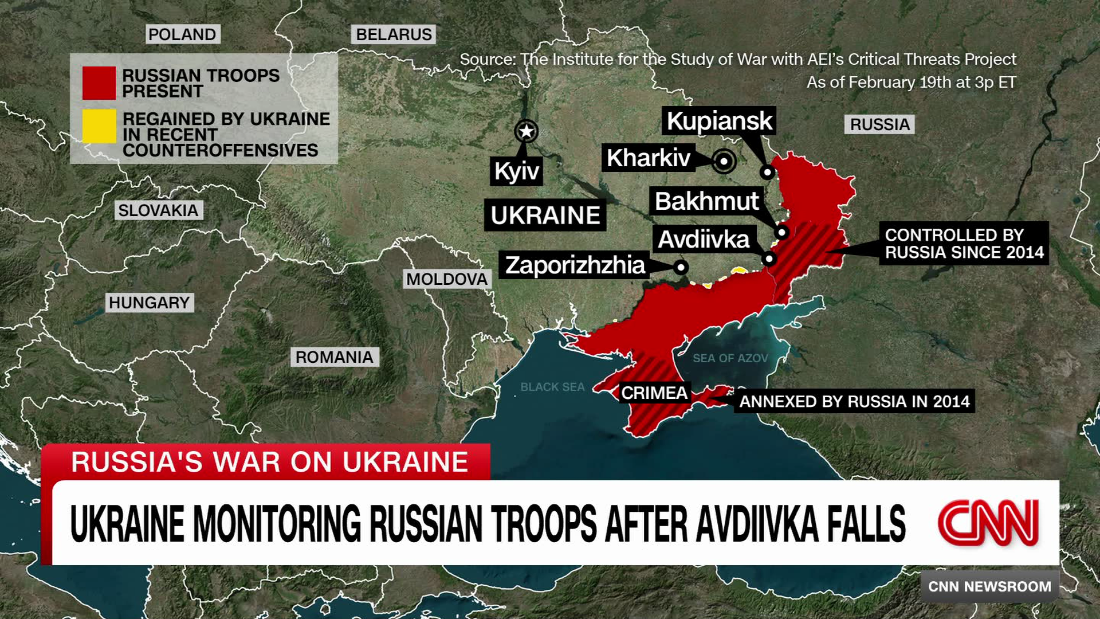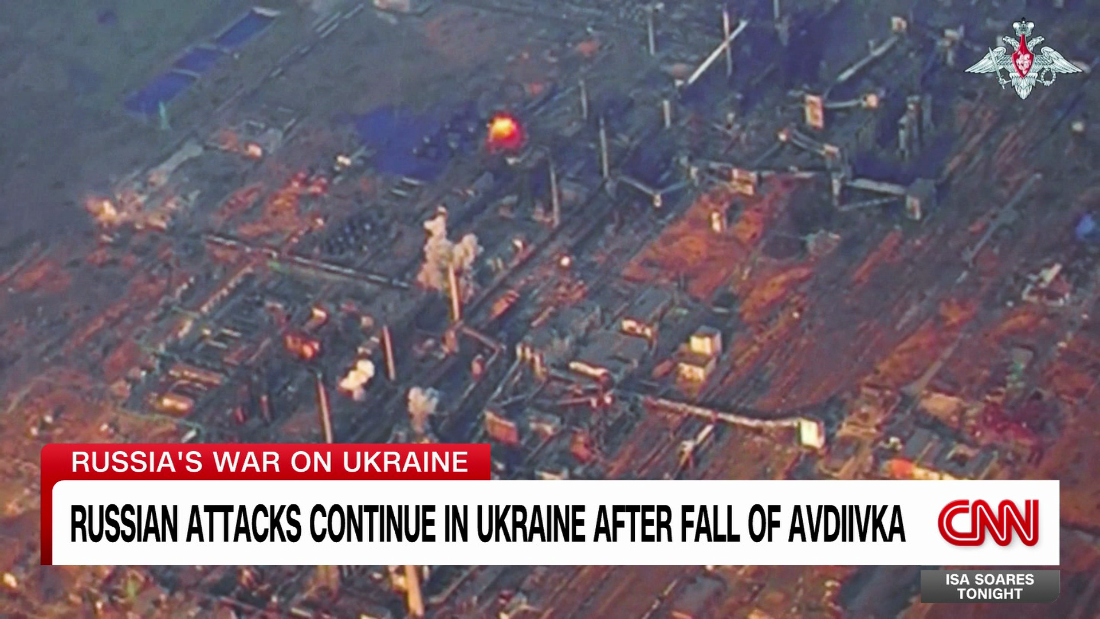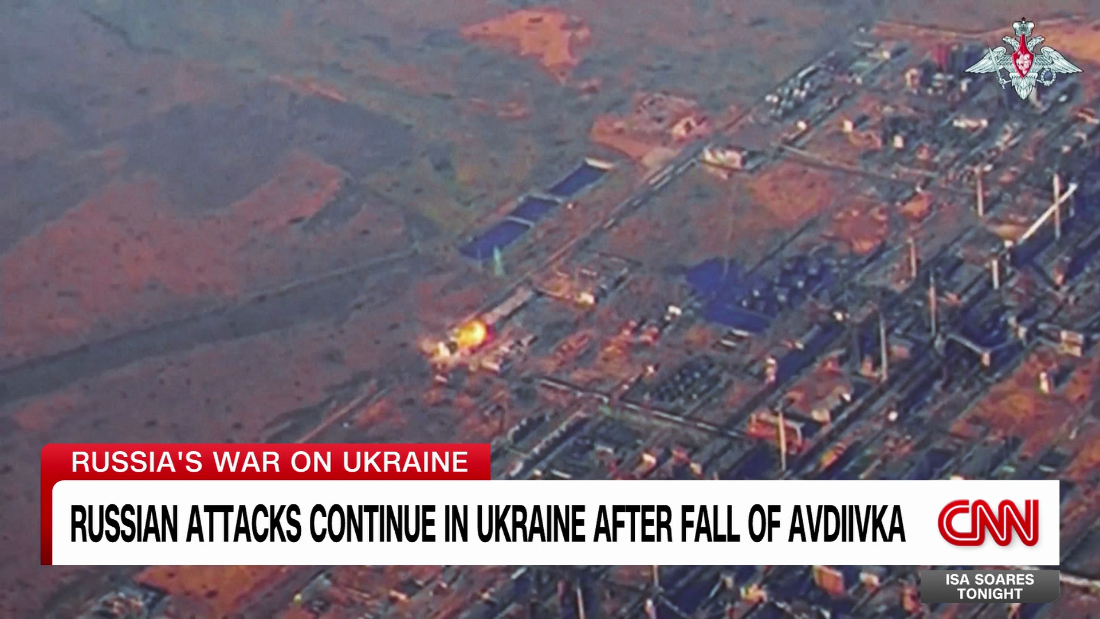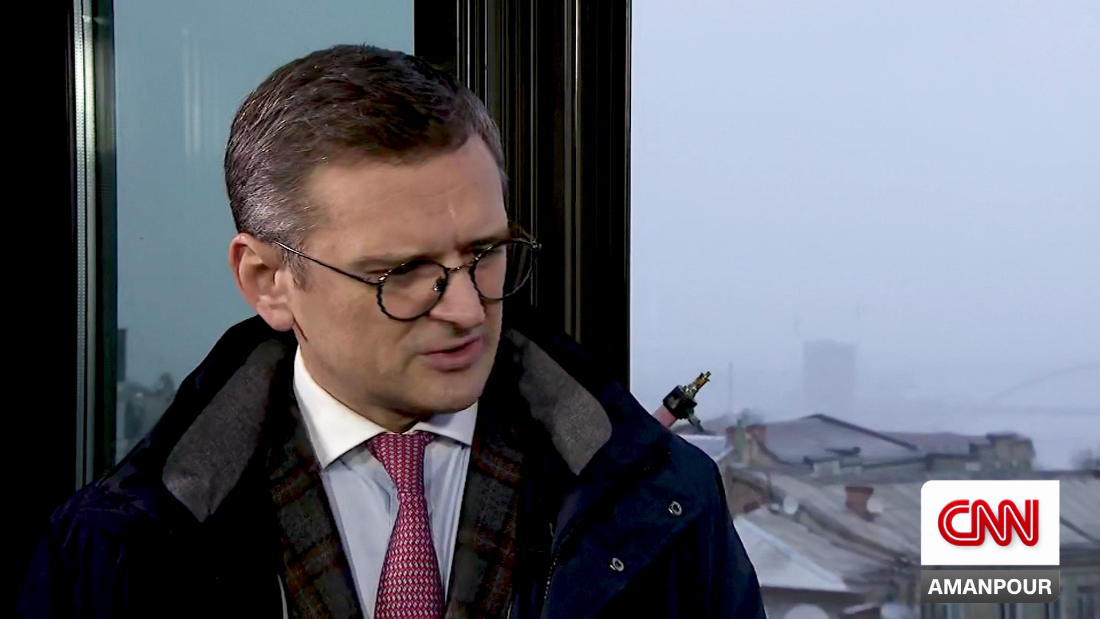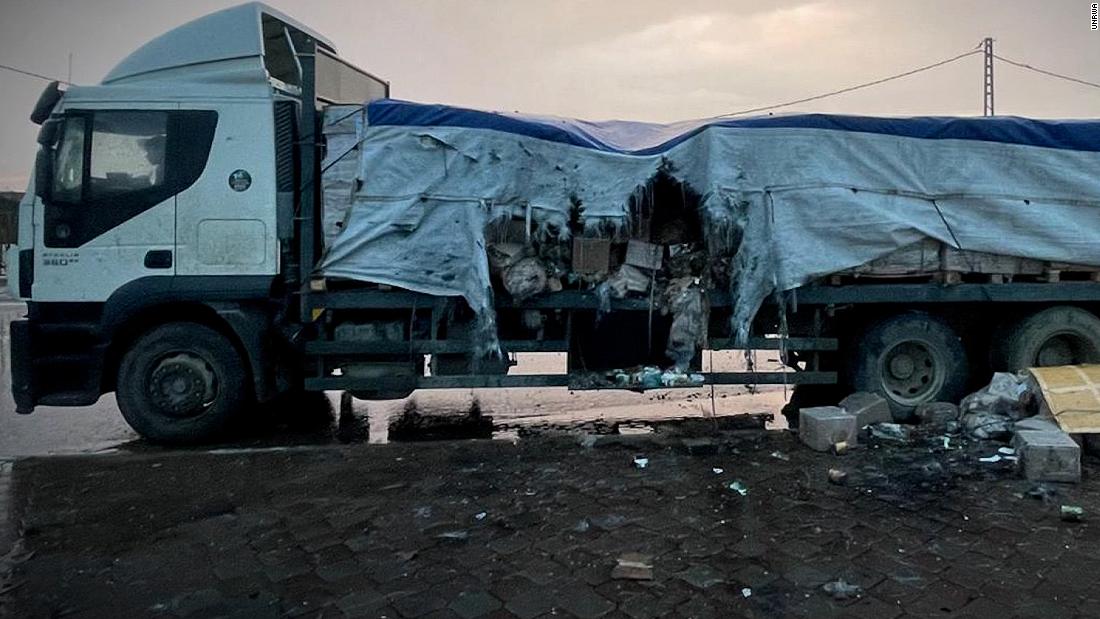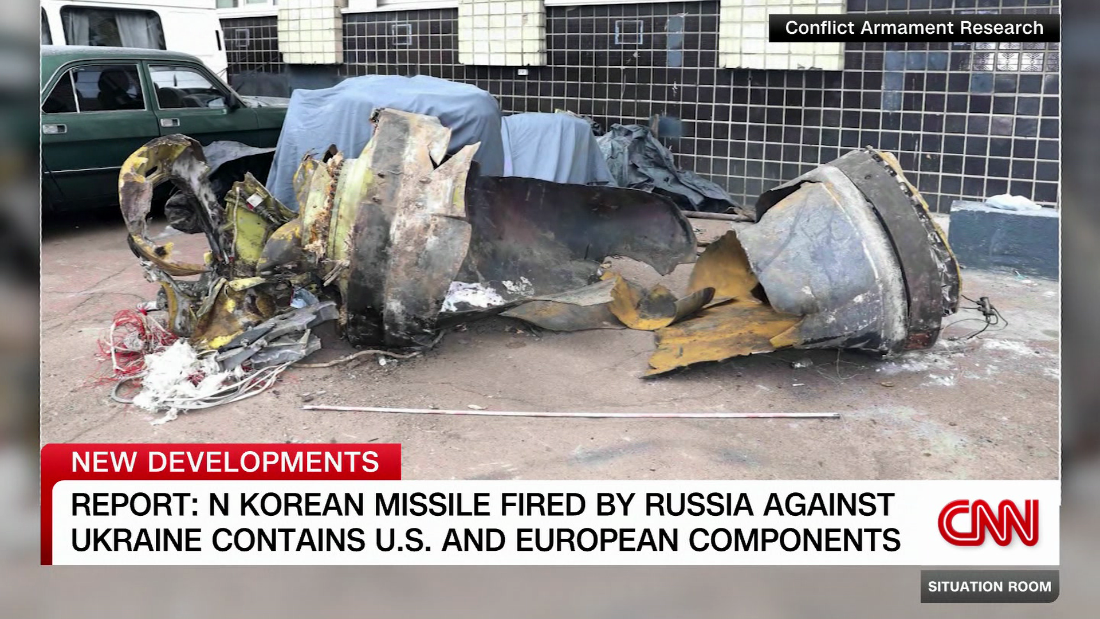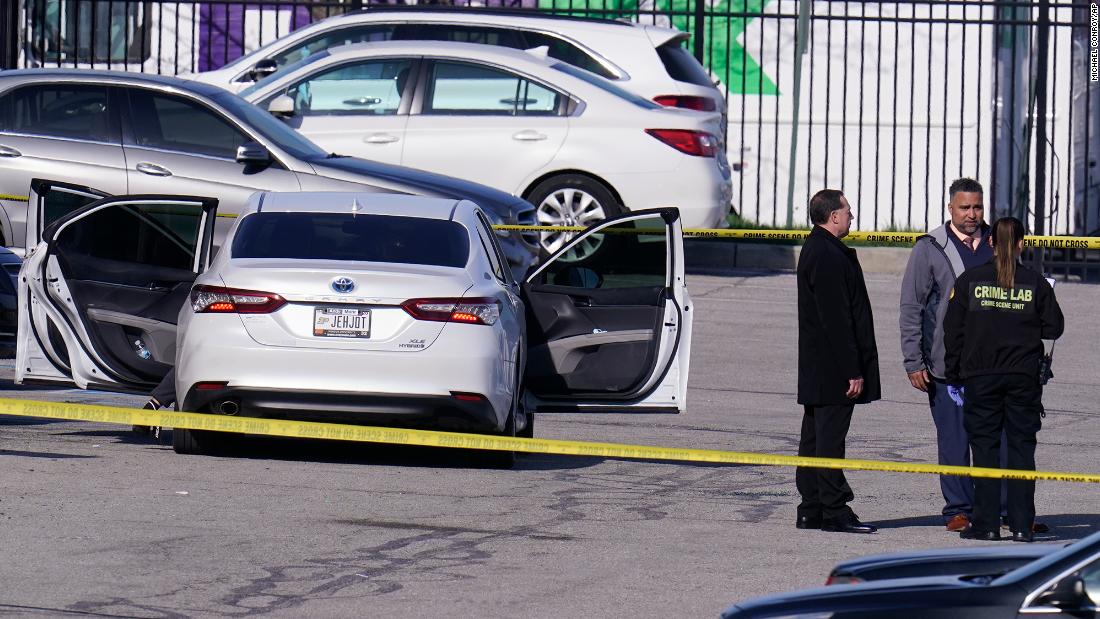JAPAN has successfully fired a railgun at sea for the first time in the world in a groundbreaking test.
Incredible footage shows the 44mm-calibre weapon firing a number of rounds into the ocean from a ship as Japan accelerates its defences amid mounting tensions in the region.
Twitter.com/ ATLAFootage shows the 44mm-calibre weapon firing a number of rounds into the ocean[/caption]
Weighing eight tonnes with a barrel length of six metres, the mega- weapon can reportedly fire at 6.5 times the speed of sound.
Using electromagnets, the railgun unleashes 40mm steel projectiles weighing 320g at targets such as ships, missiles, and aircraft.
Tokyo has been working on the weapon system for the last 10 years – and has made railguns one of the military’s top priorities.
Railguns could revolutionise the way wars are fought by having the potential to wipe out incoming hypersonic ballistic missiles.
Sharing footage of the test, Japan‘s Ministry of Defence’s Acquisition, Technology and Logistics Agency said the guns can be deployed early to protect ships against air-threats “with high-speed bullets”.
The ministry told Naval News the offshore firing test took place from a Japanese Navy vessel – and claimed it was the first time any nation has test fired a railgun mounted on a ship.
“We were able to confirm compatibility with the vessel on which the railgun was installed and obtain data on the effects of ship-mounting on the railgun,” it said.
“We believe that we achieved the desired results.”
Hoping to use the railgun on both land and sea, the successful test firing is a huge step forward.
“The Ministry of Defence intends to steadily work towards the early practical use of railguns in order to accelerate the strengthening of Japan’s defence capabilities,” it said.
Although it’s not yet known which ships Japan will mount railguns, it has previously been suggested they could be used on the Japanese Navy’s destroyers.
Japan started research on a small 16mm-calibre railgun in 1990 before deciding to develop the electromagnetic system to intercept hypersonic missiles.
As well as the rail gun breakthrough, Japan plans to boost its stash of Tomahawk missiles and build its long-range missiles in the face of lingering threats from an increasingly aggressive China and North Korea.
The railgun race is already on in the region as reports suggest China may have been testing the technology since 2018.
Its ship-mounted railgun was reportedly mounted on a Type-072 landing ship.
And it comes after China’s military said it was testing what it dubbed the world’s most powerful gun that can launch shells at 2,200mph.
The futuristic weapon can reportedly fire a missile-size projectile within seconds as it paves a path for more accurate and catastrophic attacks.
In its first firing test, the weapon accelerated a 237lbs projectile at a mind-blowing speed of 435mph in less than 0.05 seconds, according to those involved in the project.
While the exact dimensions and maximum range of the weapon remain classified, a shell moving at this rapid speed could hit a target several kilometres away.
The coil gun has advantages over traditional artillery – including higher launch speeds, lower launch costs, and shorter preparation time.
Professor Guan Xiaocun with the Naval University of Engineering said: “It has the potential for revolutionary breakthroughs in terms of speed, range, power, accuracy, safety, flexibility, and reliability.
“It is widely applicable in areas such as weapon systems, near-Earth satellites, and high-speed missile launches.”
The Chinese military has also heavily invested in a much larger 30-stage coil gun, which is still reportedly in its testing phase.
Published: [#item_custom_pubDate]


















